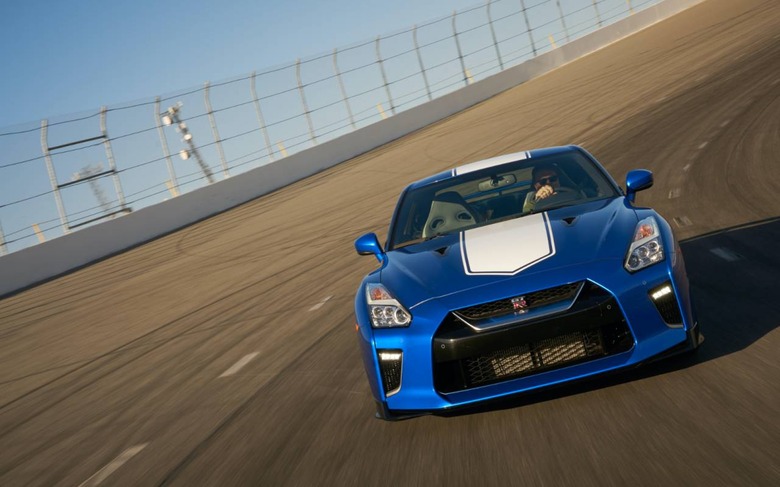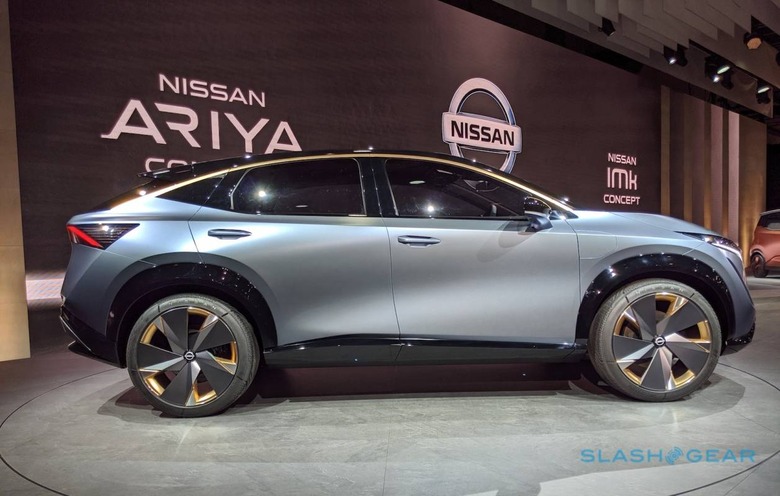Nissan is axing cars and pushing EVs as it hunts reinvention
Nissan has revealed a huge overhaul, trimming production and doubling-down on electrification, which the automaker hopes will flip its fortunes. Sales for the 2019 fiscal year shrank by more than 10-percent, Nissan confirmed, and it made a net loss of 671.2 billion yen ($6.2 billion) as demand dwindled, among other issues. Now, it's time for a change.
It's a two pronged strategy, intended to first stem the immediate losses, and then bring in a new range of vehicles that Nissan hopes will prove more palatable to today's buyers. Production capacity overall is being cut by 20-percent, targeting 5.4 million units per year; if that works out, Nissan says, it should achieve a plant utilization rate of over 80-percent.
It'll mean the closure of at least two plants, and "consolidating North American production around core models," Nissan says. That list of vehicles is going to get a scythe taken to it, too. Nissan will cut 20-percent of its products worldwide, from 69 current vehicles down to under 55.

The focus will be four key categories. First, the C-Segment and D-Segment: cars like the Altima, Murano, Rogue, and Pathfinder. Then there's electric and electrified vehicles: the Leaf, and upcoming EVs. Finally, there'll still be room in Nissan's plans for sports cars, like the GT-R and its Z cars.
The goal is to launch 12 models in the next 18 months. In Japan, that will include two more electric vehicles and four more e-POWER vehicles, Nissan's gas-electric hybrids.
Product lifecycles – the length of time before cars are replaced or refreshed – are getting shorter, too. Nissan has been accused of keeping around older cars longer than it should, leaving them feeling tired compared to rivals with a faster turnover, and this is clearly an attempt to address that. The goal is four years or less. It'll also be pushing its ProPILOT driver assistance technology in more models, with over 20 vehicles in 20 markets as the goal.

For the US, the hope is that Nissan can push more retail sales and shrink its fleet business. It'll also be doubling-down on SUVs and pickups: by the 2023 financial year, the goal is to have new versions of the Frontier, Pathrfinder, Rogue, and Infinity QX60 on the forecourts, joined by at least three other models, and a new all-electric SUV based on the Nissan Ariya Electric SUV Concept. That could arrive as soon as the 2021 model year.
Come 2023, there'll be more than eight pure EVs introduced across all markets. There'll also be an expansion of e-POWER into the B- and C-Segments, rather than in smaller cars.
It's tough times for Nissan, clearly. While cars like the Leaf EV showed it was early to the scene in electrification, momentum since then has struggled compared to other automakers. Meanwhile, though its ProPILOT technology has been built out, it's still little-known compared to the systems rivals are offering. This new goal of building fewer models but making each car and SUV more memorable and appealing is a blunt one, and Nissan is only giving itself a few years to get this turnaround in order.
